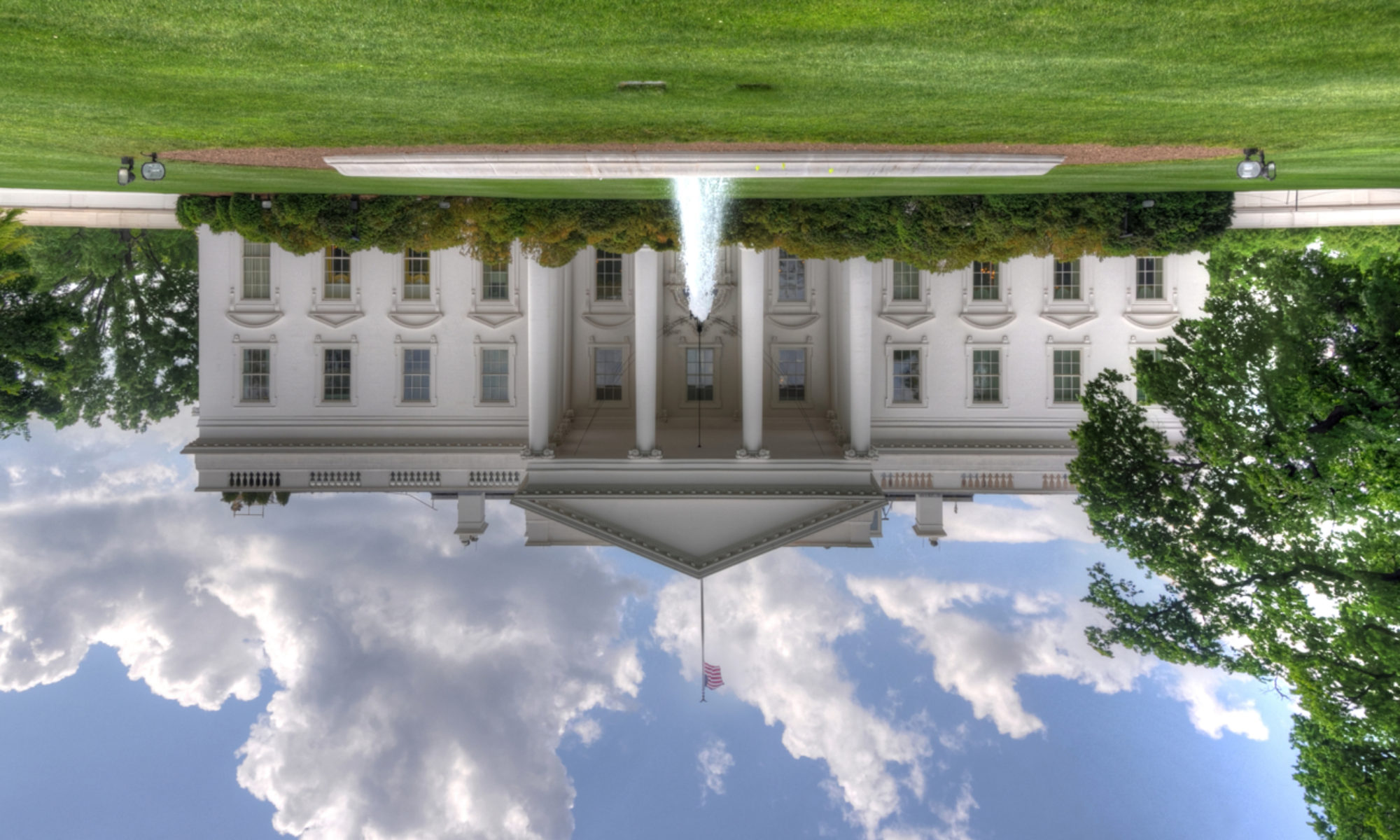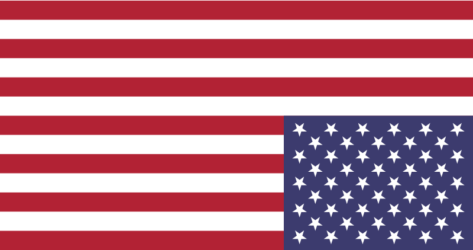Donald Trump has shamelessly tried in various ways to obstruct and cast doubt on the validity of the 2020 presidential election, and now Donald Trump, Jr., has taken up the cause, shrilly dog whistling at the right-wing militia types among Trump’s supporters. Just days before Donald Trump denied having heard of the Proud Boys, an extreme-right, army-like, weapon-wielding hate group, Trump, Jr., posted a video on social media, calling for supporters to join an “army” to prevent the “radical left” from stealing the election.
In the video, a glassy-eyed Donald Trump, Jr., says, “The radical left are laying the groundwork to steal this election from my father, President Donald Trump. They are planting stories that President Trump will have a landslide lead on election night, but will lose when they finish counting the mail-in ballots. Their plan is to add millions of fraudulent ballots that can cancel your vote, and overturn the election. We cannot let that happen. We need every able-bodied man and woman to join Army for Trump’s election security operation…we need you to help us watch them. Not just on Election Day, but also during early voting, and at the counting boards. President Trump is going to win. Don’t let them steal it… Enlist today.” Trump, Jr., also provides a website where those interested can sign up.
Donald Trump, Sr., has refused to definitively denounce white supremacists and extreme right hate groups, even those identified as such by the Southern Poverty Law Center (which includes the Proud Boys on its list of hate groups), or the FBI. In fact, many within the Proud Boys celebrated it as a signal of support when Trump, during the first presidential debate, said, “Proud Boys— stand back and stand by,” in response to moderator Chris Wallace, of Fox News, when Wallace asked Trump if he would denounce white supremacists and military groups such as the Proud Boys, known for endorsing violence.
Trump has suggested not only sending law enforcement agents to polling places on Election Day to “watch” voters; he has also encouraged his base to show up to “closely watch” in-person voting.
“I’m urging my supporters to go into the polls and watch very carefully, because that’s what has to happen. I am urging them to do it,” said Trump during the debate. It is voter intimidation, and Trump doesn’t care that it’s illegal.
The U.S. has never seen a presidential candidate (let alone a sitting president) launch this type of attack on an election, nor try to “enlist” supporters to oppose and try to intimidate the other party, as if in a war. But “dictators do it all the time,” says Judith Kelley, dean of the Sanford School of Public Policy and an expert in global democracy.
As careful as Trump, Sr., has been in his language to avoid denouncing right-wing militia groups, the messaging to people of that mindset has also been careful and intentional.
“It was a real threat,” said author and former U.S. Ambassador to the United Nations, John Bolton, of Trump’s “Proud Boys, stand back and stand by” comment. “He knew exactly what he meant.”
“It wasn’t a shoutout,” said Mary Trump, the president’s niece and author of Too Much and Not Enough, a tell-all book about Donald Trump. “It was an order ― and we need to see it in those terms and we should be terrified by that.”
The Proud Boys interpreted it as such, posting memes and offering T-shirts emblazoned with “Standing down and standing by sir” just hours after the debate.
As for Trump Jr.’s video ad, “Enlist now,” says the marquis on the screen next to Trump, Jr.’s slightly addled-looking talking head.
Team Trump tweeted out the video with the caption, “We need you to join ARMY FOR TRUMP’S election security operation!”
“The use of terms like ‘army’ is by no means coincidental,” says Kelley. “Once you start using language that hints at the use of force, you are stoking the embers.”
Twitter slapped a small, unobtrusive notice on the tweet, by way of a link for those who were motivated to click: “Learn how voting by mail is safe and secure.” Apparently, this is Twitter’s current way of countering misinformation from Team Trump.
“These posts, by a president’s son, should rank among the most worrisome threats to American democracy in our history. Calling for an ‘army’ to prevent the election from being stolen?!? This should be disowned by the GOP—but we know it won’t be,” tweeted New York Times journalist Charlie Warzel.
Though GOP lawmakers are alarmed by Trump’s remarks and refusal to denounce hate groups and white supremacists, they have not said much about Team Trump’s tactics to try to obstruct the election.
Where are the “small government” members of Trump’s base, those who claim to cherish democracy and personal liberty? Does freedom to carry a weapon cancel out freedom to cast one’s vote? Are all bets off when it comes to “land of the free,” if it means that in order to ensure Trump’s re-election, Biden voters must be prevented from exercising their right to vote with threats, intimidation, and possibly even injury or death? If we’re waiting till Election Night, or in the days afterward, to worry about what might happen, it will be too late. The signal has been given; the call to arms has been made. Donald Trump, Donald Trump, Jr., and the rest of “Team Trump,” are attempting to steal the election right now, and an army of Trump supporters are standing back and standing by.
President Donald Trump: White supremacist group Proud Boys should ‘stand back and stand by’ | CNBC [2020-09-30]
Proud Boys Celebrate President Trump’s Callout To Them During Debate | TODAY [2020-09-30]

